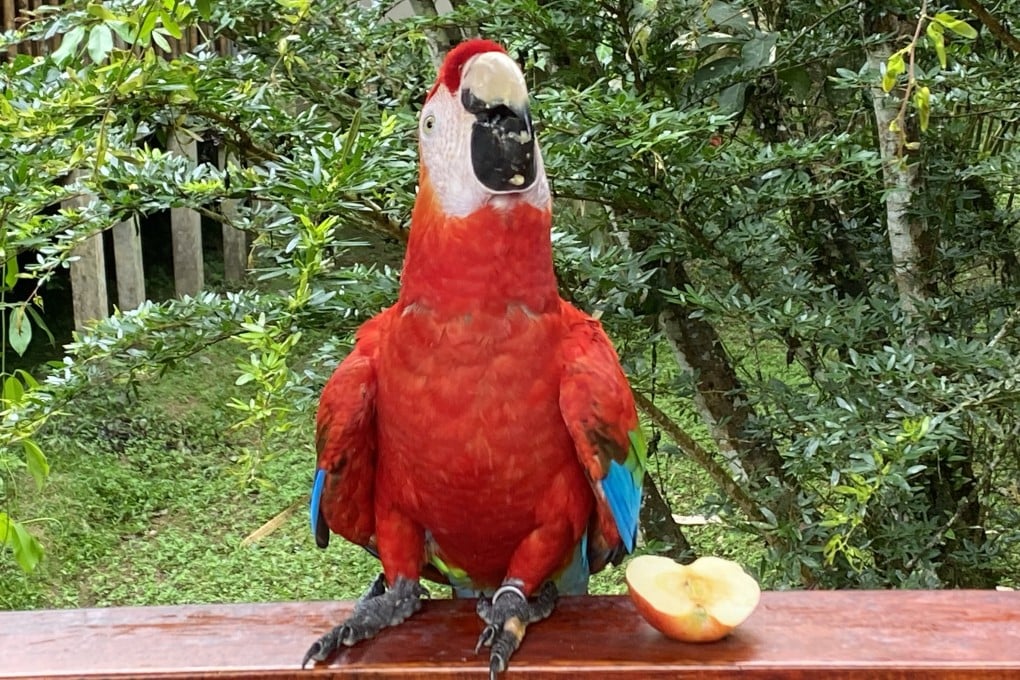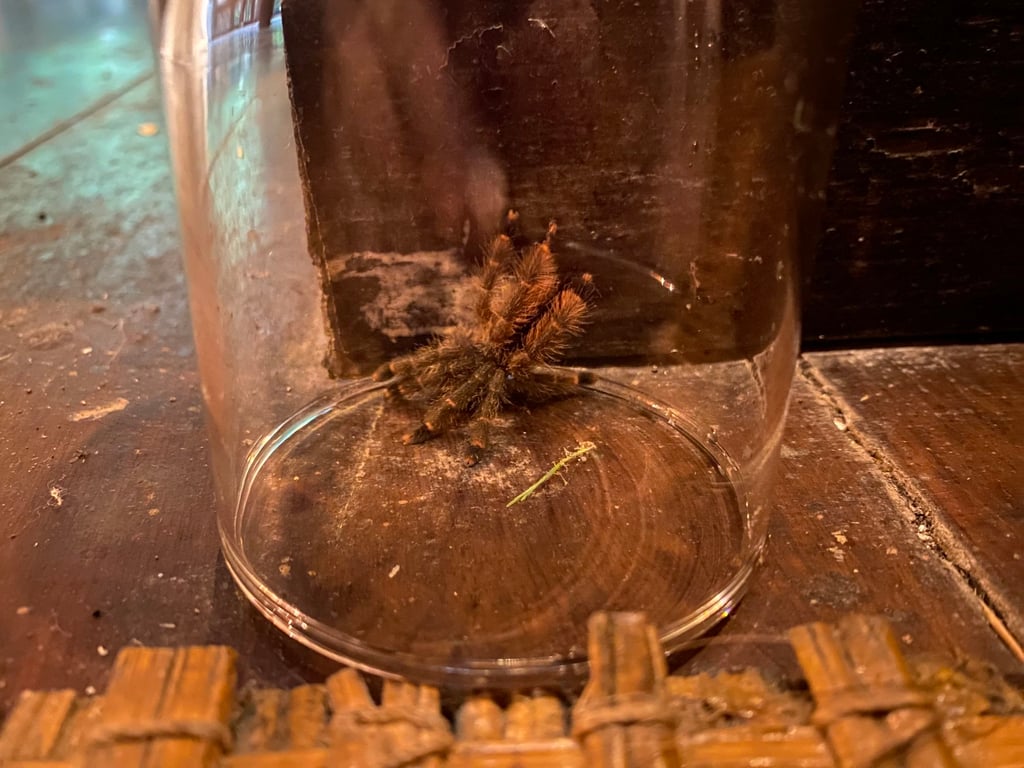Eco-tourism in Peru: Amazon travellers get up close with sloths, tarantulas, capybaras and macaws at the Tambopata Research Centre
- At Peru’s Tambopata Research Centre, deep in the Amazon jungle, visitors have no problem seeing and hearing Amazon wildlife, from cicadas to howler monkeys
- Day hikes are a riot of colour; on night walks eyes light up, torches revealing their owners. With no windows or fly screens a tarantula can stroll in any time

The problem with trapping a tarantula under a glass at Peru’s Tambopata Research Centre is that there’s not really any point.
The absence of windows or fly screens above the hip-height walls of the guest accommodation means that almost anything living in the rainforest beyond has easy access.
When I show Paul, my guide, the photo of the trapped tarantula, alongside my hastily scrawled note asking a member of staff to remove it from my room, he’s baffled.
“But it’s a pink-toed tarantula – they’re the friendliest species,” he says. “Locals keep them as pets because they’re so friendly.”

The exposed nature of this remote eco-lodge might come as a shock, but that’s its appeal. At night, guests drift off to sleep to the sounds of the rainforest: screeching cicadas, the deep, low roar of howler monkeys and occasional crashes as primates lurch through the trees.
In the morning, I sit on my patio and watch the rainforest come alive, before checking to see which weird and wonderful insects have attached themselves to the mosquito net surrounding my bed.
